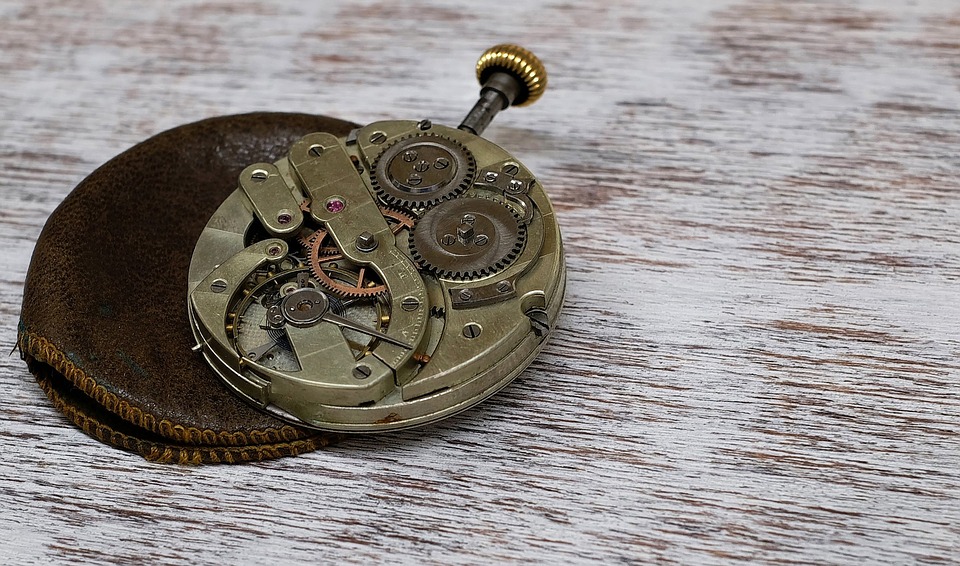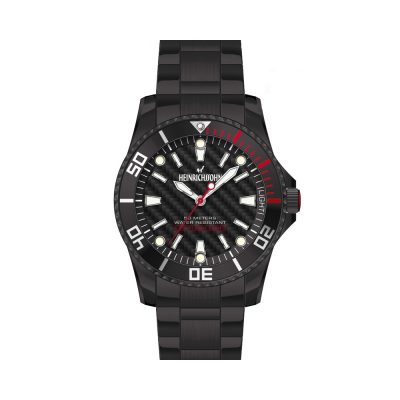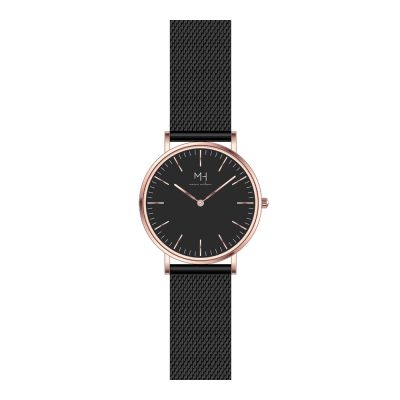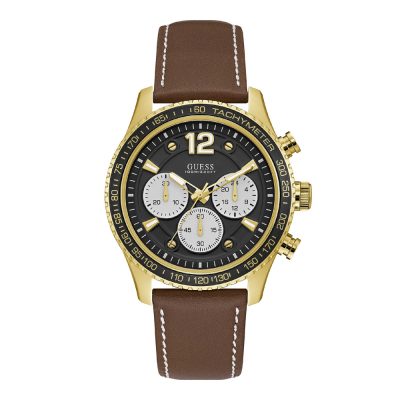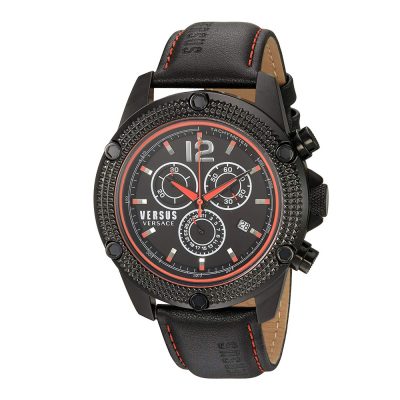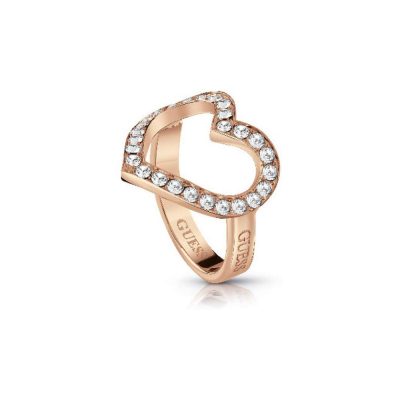The first watches did not wind automatically. They did not light up with digital numbers, nor did they tell the date or have alarms that could be set. These completely mechanical watches didnât need batteries either, but they did need to be âpoweredâ somehow. In order to keep on going, a mechanical watch needs to be wound regularly â usually once per day. So why would people today opt for a mechanical watch in this age of inexpensive quartz and digital watches? Itâs all about aesthetics and an appreciation for the art of watch making.
What Makes a Watch Mechanical?
For a watch to be completely mechanical it must not only run by means of a wound spring and set of gears, but these must be powered by mechanical means. This is different from a quartz watch which also ticks off time by the movement of gears, but keeps those gears moving through the energy of a quartz crystal. With a mechanical watch the energy to move the gears is powered by the winding of the mainspring. When the spring is fully wound on a typical mechanical watch the watch will keep accurate time for about 40 hours. There are more complex mechanical watches that can keep time for much longer with a full wind of the mainspring. Automatic watches are also considered mechanical watches, but the movement of the wearerâs wrist is able to activate the winding, hence the name automatic watches.
The same basic design of a mechanical watch is not all that different today than it was half a century ago. The intricate workings of a mechanical watch involves more than a dozen types of screws and about 40 more wheels, springs, plates, balances, and jewels â and that doesnât even include the case, face or strap! All of these tiny parts go into making the precise movement of a mechanical watch. However, at the heart of the finer watch movement are the jewels.
The Hidden Jewels in Every Mechanical Watch
The jewels are named as such because they are literally jewels â specifically rubies. Genuine rubies were once used because they are made of crystallized aluminum oxide. This is a very hard material with a smooth, slippery surface that allows the wheel pivots to move in a consistent, constant manner as powered by a wound mainspring. This also keeps the steel wheel pivots from wearing down from the friction of the movement. Today, synthetic rubies are used in numbers ranging from 5 to 35 jewels depending on the complexity of the movement. At one time, manufacturers believed more jewels were better, but have settled in with about 4-8 jewels being the most efficient way to power the mainspring.
How All of the Components Work Together
If you were to open the back of a mechanical watch you would see the ticking off of the mainspring. This is wound using the stem winder that sticks out from the watchâs encasement, also know as the crown. The first mechanical watches used an oscillating balance wheel and spring as the time base. This was then replaced with a tuning fork that acts as the resonator to move the gears at the appropriate rate. These in turn move the hands on the face of the watch at right increments.
Caring For Your Mechanical Watch
A finely crafted mechanical watch can last a lifetime and even be the type of heirloom that gets passed from one generation to the next. In order to keep your mechanical watch functioning well it is important to take it to a watchmaker every 3 to 5 years to have it lubricated and cleaned of dust and debris. You want to keep a mechanical watch completely dry. When you take it in for its routine service, be sure to have the case checked for any cracks where water might get in. Water can be especially damaging to the steel parts of the watch including the escape wheel and anchor escapement.
A mechanical watch never needs batteries and a good one can keep time accurately to within 2-3 seconds per day (not as accurate as a cheaper quartz watch which is accurate to 0.5 seconds per day). Mechanical watches are typically purchased because of their appearance and the timeless craftsmanship that goes into them. Most people today have several types of watches in their wardrobe of accessories, so adding a mechanical watch is one way to balance yours out with a truly classic style.
